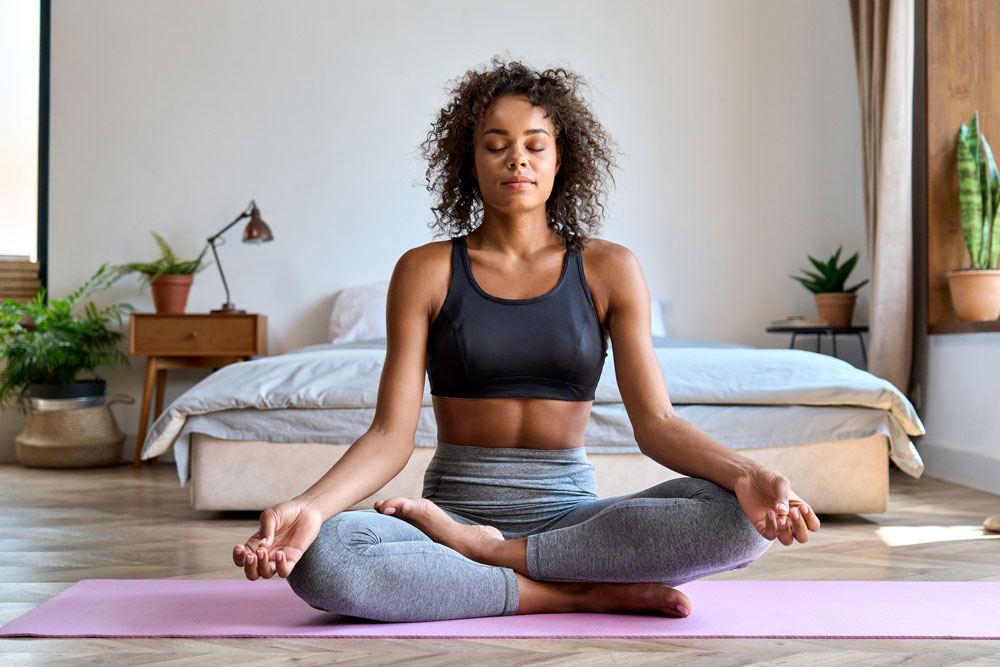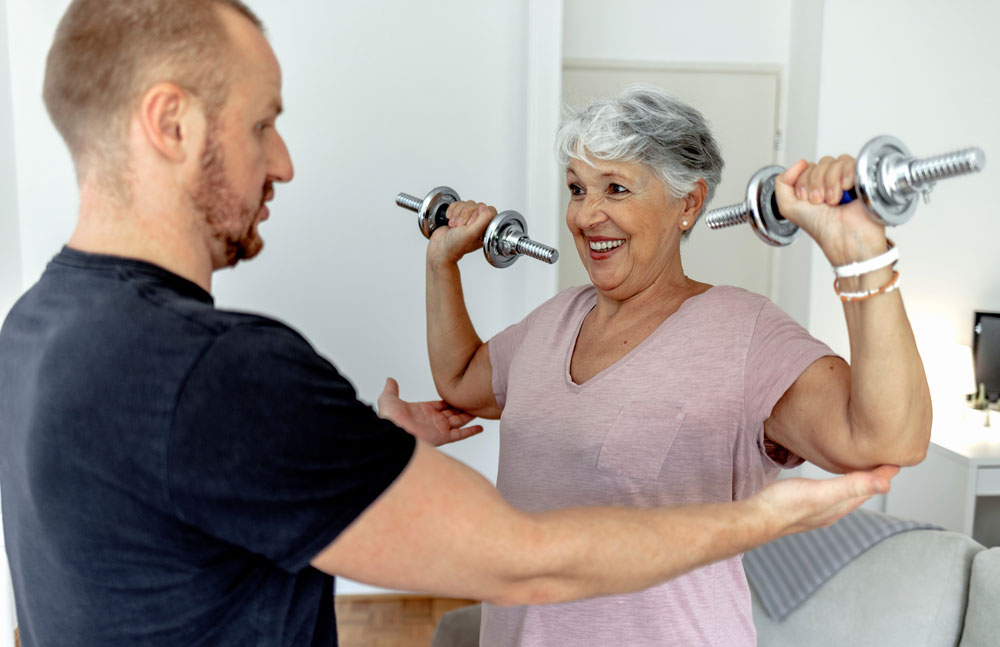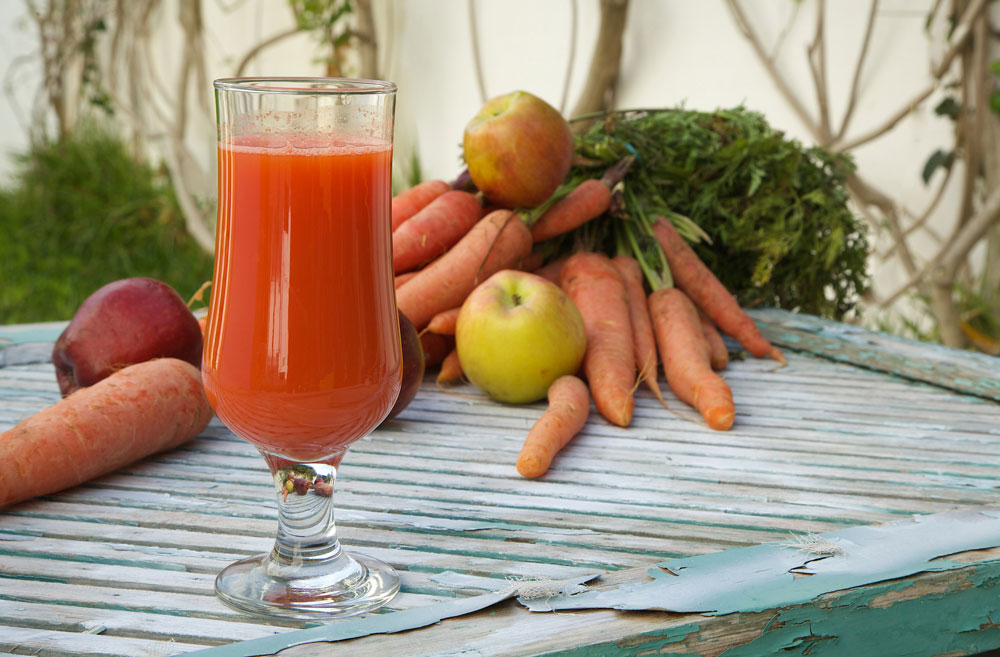by Cheryl Ivaniski
When you were first diagnosed with diabetes, your doctor likely spoke to you about insulin and medication. However, there are even more things to be aware of that can impact your blood sugars.
My name is Cheryl, and I believe it’s a combination of the best from traditional and natural medicine that gives us the winning formula to living our healthiest life.
I have a conventional medicine background; however, after I was diagnosed with diabetes in the prime of my life at the age of 30, I knew there had to be more I could do to lower and balance my blood sugars and to prevent the many complications the medical community told me were inevitable. And I discovered it! With several degrees and designations later, specializing in natural and holistic healthcare, I learned that the true key to balancing blood sugar levels and preventing and halting the progression of diabetes complications is in the integrative holistic approach including , Mindset, Meals, Movement and Mastery (all part of my Diabetes Success System Signature program).
Here are a few key tips in each of the 3 holistic areas to get you started:
Mindset: Meditation, Mindfulness & Deep Breathing
You likely already know that quieting the mind with focused breathing and calming breaths and getting a good night’s sleep, are powerful self-care practices. The question is, are you actually actively doing these things? The power of your mind can be life changing for your diabetes health, which is why this segment is very important.

One of my life changing practices is about taking time for you. I want you to commit to testing the self-care strategy I’m about to share, before bed each night, for just one week. Test your blood sugar levels to notice the impact it has in lowering your overall stress, outlook and blood sugar readings.
Step 1. Turn down all bright lights and reduce or eliminate screen times at least 1 hour before bed.
Step 2. Get fully ready for bed, and then take a few moments to pause, before you start with some breath work. Claim this time for you. Get cozy and shut off all distractions (including your phone), for even just 10 minutes to start. Now inhale through your nose – slowly and deeply – concentrating on your breath for 5 seconds, and placing a hand just above your belly, so you can feel the air flowing in and out. Do this for at least 3-5 breaths.
Step 3. Say your top 2 diabetes health goals you want to achieve for yourself, aloud. For example, what would you like your ideal blood sugar level readings to be following your meals for the upcoming week? Say it like it’s already happening. I also want you to add an affirmation about sleep. So for example “Sleep is helping me heal my body” or “I sleep deeply,” or “I heal deeply while I sleep,” etc.
Step 4. Visualize or look at an image of what perfect health means for you and imagine this is your body and you are feeling wonderful.
Step 5. Set your thermostat to your ideal sleeping temperature. The best temperature for sleep, according to the Sleep Foundation, is around 65 degrees Fahrenheit (but can vary a few degrees up or down, per person) (1). Ensure your room is as dark as possible and enjoy your deeper sleep.
Meals: Follow the Glycemic Index & Eat Low Carb Foods
To help regulate your blood sugar levels, learning how to plan your plate is a must. One of the best tools to monitor how foods affect your blood sugars is your glucose testing device. Learn how and when to take readings so that you can monitor what is and what is not working.
Your next most important tool is the Glycemic Index as it helps to score foods on the carbohydrate scale. If you have diabetes, you must become familiar with the glycemic index and how to use it.
On Google, you can find various types of glycemic indexes that cover almost every food. The main foods that are excluded; however, are foods that contain very little or no carbs/starch such as meat (beef, lamb, pork etc.), chicken, seafood and fish; and also non-starchy vegetables.
The glycemic index (GI) can help you decide what to eat. For example, when choosing a grain for your meal, would you go with sweet potatoes, wild rice or corn? Out of these options, corn has the lower score; however, all 3 are relatively high on the GI scale, so you would then either eat smaller amounts or better, take the time to find a lower GI grain option.
When choosing a vegetable with your meal, would you go with asparagus, chickpeas or carrots? Actually, this is a bit of a trick question as, even though carrots score higher than the others on the GI scale, they are all still relatively low on the GI scale and each comes packed with other vitamins and minerals you’ll want to get in. So you can’t go wrong with any of these choices.
Here’s one more. When choosing a fruit, would you choose an orange, watermelon slice or apple? In this case, the apple has the lowest GI count. Watermelon is a very high GI fruit, so please be cautious of how much you eat when you choose to eat watermelon.
Movement: Get In Daily Movement
Movement makes a huge impact on your body’s ability to use insulin efficiently, which means it helps you not only lower, but also balance your blood sugars; thereby enriching your overall diabetes health. Movement can include anything from a light walk to a full-out kickboxing class.
If you’re wondering what exercise is best for your overall health, studies have shown that moderate exercise, over intense exercise, may be better for you. However, even if you’re not a fan of moderate-level workouts, all forms of movement count.
I recommend walking for 20 to 30 minutes, every day, and adding in 10 to 20 minutes of other body movements every other day. Empowering self-care movement practices include activities that bring you joy such as zumba, cycling , swimming, hiking, jogging, rollerblading, gardening or even rebounding on a trampoline. You can also enjoy golfing, volleyball and other sports and activities like laser tag, ping pong and pilates.

Finally, adding resistance movements using your own body weight, weights and resistance bands are proven to increase your insulin sensitivity since your muscles are better able to use glucose for energy. This helps enhance your circulation, metabolism and overall insulin efficiency.
Exercise is so powerful that people have been known to reverse type 2 diabetes solely with exercise and food! So take time for movement and exercise each day as it will help you better control your blood sugar levels and ward off diabetes related complications.
The above is just the tip of the iceberg of how a diabetes system can integrate powerful holistic options that help you to reclaim your health and take back full control of your diabetes wellness and overall health. My goal is to empower you with the knowledge, strategies and know-how in order to achieve consistent predictable healthy A1C blood sugar readings, like clockwork. That’s why I’ve developed training systems to guide you on the best practices for your overall diabetes wellness and healing. Please be sure to contact me through my Miracles Directory listings page.

